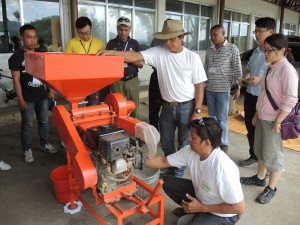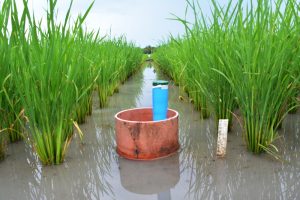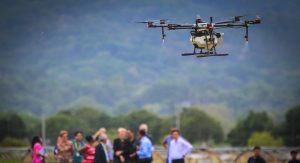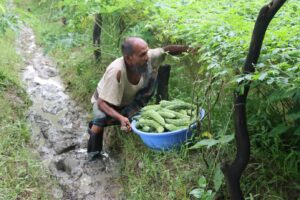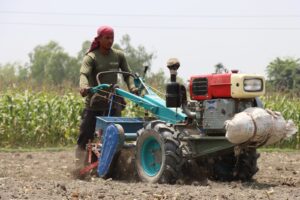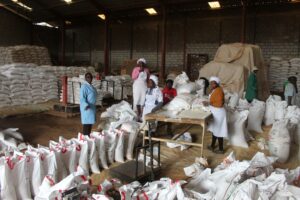The USAID and CIMMYT have launched USD 21.4 million 5-year project to support agricultural mechanization targeting some 243,000 farmers in Bangladesh.
Under the project, manufacturers will be trained to develop and adopt new agri-machinery technology to build competitively priced machines and spare parts. The initiative also aims to help marketers and service providers have access to credit to purchase machinery.
It aims to generate USD 5 million farm machinery sales and attract USD 3 million worth of financing by the financial services sector for all in the agri-machinery value chain by the end of the project.
Read the full story at The Daily Star
More on agricultural mechanization:
Agricultural mechanization shaping the future of Burundi’s rice sector
IRRI has launched several initiatives in Burundi to help the country boost its agricultural output, particularly for its rice sector, since 2008. Most recently, IRRI spearheaded the piloting and demonstration of agricultural machines for rice production and postproduction processes in 2019. The equipment, which includes a two-wheel tractor with plough implement, hydrotiller, push weeder, axial-flow thresher, grain cleaner and two-stage rice mill shipped from Asia, was supported by the Project for Productivity and Development of Agricultural Markets (PRODEMA) and the Regional Project for Integrated Agricultural Development in Great Lakes (PRDAIGL). PRODEMA and PRDAIGL are funded by the World Bank. Burundi’s Ministry of Agriculture is the main implementer of PRODEMA with IRRI as the main project partner on the rice value chain component.
A physician-turned-farmer with a mission to modernize rice farming
A medical doctor who is also a farmer not only adopted the laser land leveling technology but piloted a service provision model for it—a first of its kind in the rice granary region of the Philippines. His story outlines the next steps that optimize partnership and active engagement of key players to ensure sustainable uptake of mechanization initiatives in the country.
Machines of progress
When Martin Gummert, an agricultural engineer at IRRI, visited Cambodia for the first time in 2001, it reminded him of Vietnam in the 1990s, when the mechanization of the country’s agriculture was in its infancy. Its postharvest technology was at a very low stage. The milling industry was mismatched and outdated, and there was limited storage capacity. “Though there was a lot of poverty, I could sense the excitement of people trying to leave the past behind, grab every opportunity, move on, and develop,” recalled Engr.Gummert.

